June 10 - 16, 2018: Issue 363
Bushcare In Winter: A Great Time To Plant To Make Cooler Greener Summers
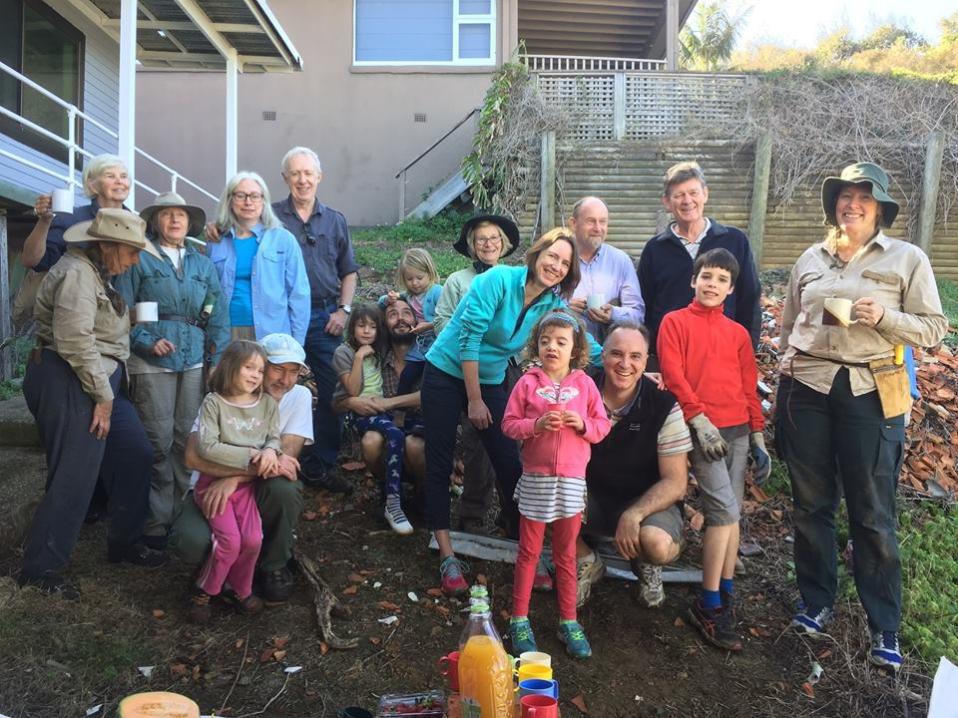
This is an excellent time of year to plant, with mild weather and dampish soil.
It's also a great time of year to get some warming up exercise and do something you will see create positives all round while you're doing it and for years to come.
This Issue a few insights into local bushcare groups works that have occurred during the past few weeks and some coming up that you can get involved with.
Bangalley Headland Bush Regeneration
Bangalley Head stands as one of the highest points and largest bushland reserves on Sydney's northern coastline. The owners of six adjoining properties in North Avalon have bushland along the western boundary of Bangalley Headland Reserve and have joined the Bangalley Head Landcare Group. This project has provided assistance from bush regeneration contractors on their land along with training to introduce hand weeding techniques to the new members. A grant from Greater Sydney Local Land Services has enabled the group to care for their own land as bushland and increase the area of bushland under good management.
The Bangalley Head Reserve planting on Sunday May 27 was a great success. The southwest corner had been very weedy for years, so needed planting with tubestock to bring back the bush. This area is behind the corner of Milga Rd and Binburra Ave. Thanks to neighbours Phil and John who allowed us access through their land.
The group planted about 200 local native plants. Thanks to all the volunteers who helped work on this not-too-easy sloping site. It was great to see children helping - we hope they will be back to see their plants thriving in the future.
The Bangalley Head Landcare Group, with Northern Beaches Council, organised the planting. Landcare group members can have contract bush regeneration done on their land, thanks to a three-year $55 000 grant from Greater Sydney Local Land Services.
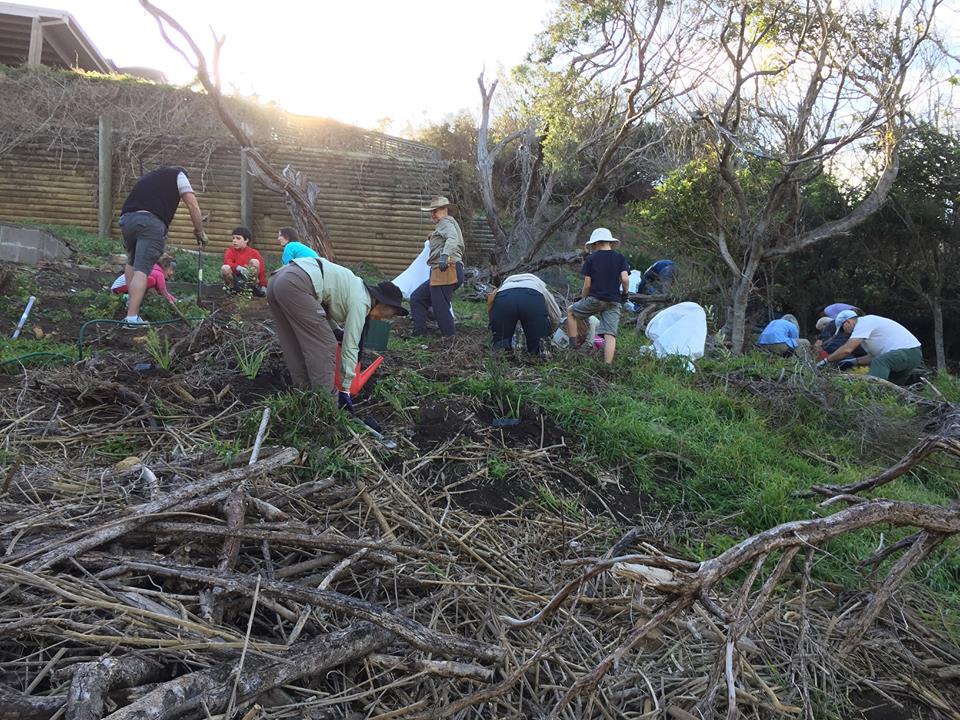
Control of vine weeds, Careel Creek Avalon
Pittwater Natural Heritage Association (PNHA) have been working in partnership with Council and Greater Sydney Local Land Services over the past 8 years to restore the riparian area along Careel Creek. During this project volunteers and contractors have focussed on controlling vine weeds along the Creekline from Avalon Dunes to Careel Bay. The project also aims to engage 27 private landholders along the creek through a weedy vines flyer, contractor hours and community planting days where locally native plants are planted have formed part of the project.
Barrenjoey High School has also been involved in the project, being one of the larger landholders along the Creek.
As part of their grant project to rid Careel Creek in Avalon of Vine Weeds, Pittwater Natural Heritage Association invite you to a planting morning on Sunday June 24. Children Welcome!
When: Sunday June 24, 2018 9am – 11.30am
Meet: End of John & Joseph Street Avalon, along pedestrian walkway between these streets
Wear: Hat, enclosed shoes, long pants & long-sleeved top
Bring: gloves if possible, water bottle
Provided: tools, morning tea & good company
The bush regeneration contractors have done most of the hard work. Now we can have fun planting!
PNHA postponed this activity because of the hot dry weather, but now they're set to go.
More HERE
Avalon Beach Historical Society’s 9th Great Historic Photographic Exhibition: Thousands Of Stories Made Accessible
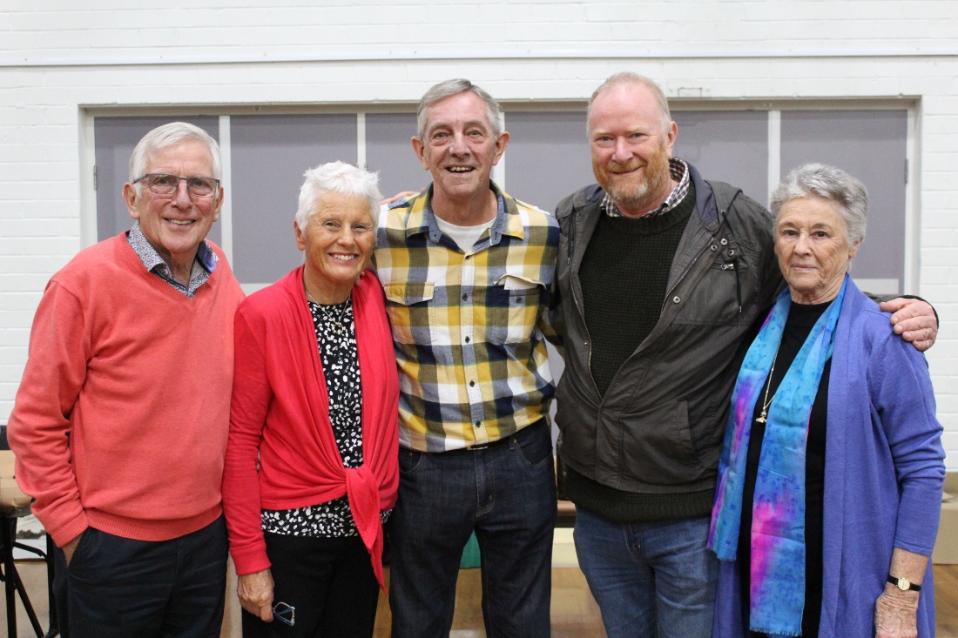
There are around one thousand photographs on display at Avalon Recreation Centre this June long weekend and each weaves the many tracks, paths and roads that have evolved with the development of a rural place into suburbs on the fringe of a city. The exhibition is proof positive that any picture is worth more than a thousand words.
This is best underlined in an example that show show yesterday is connected to today through us, the people who live here. Alison Bosley stands beside a photograph of her Great aunt, Grace Wickham. Grace was the wife of Stan Wickham, a rugby giant during his younger days.
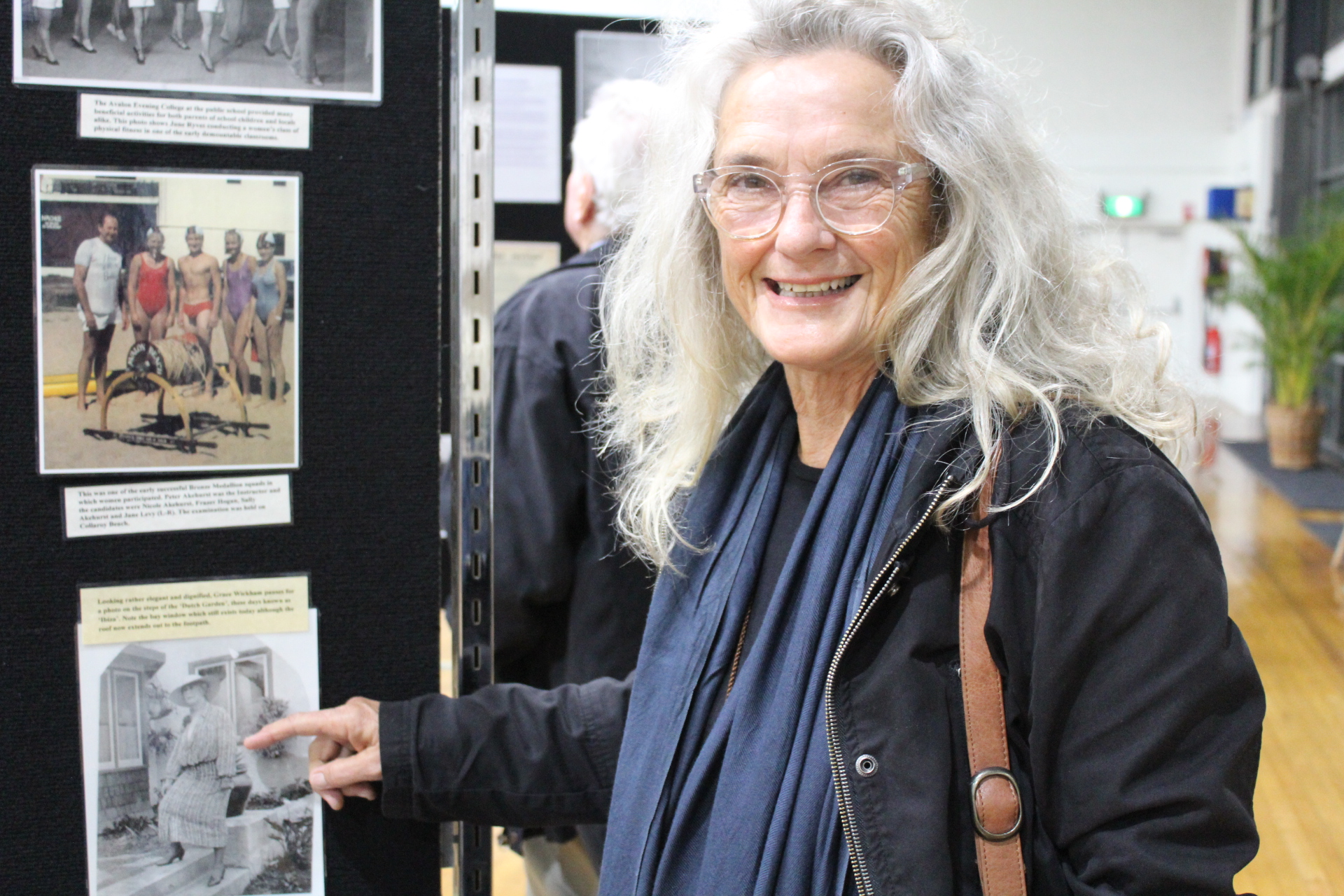
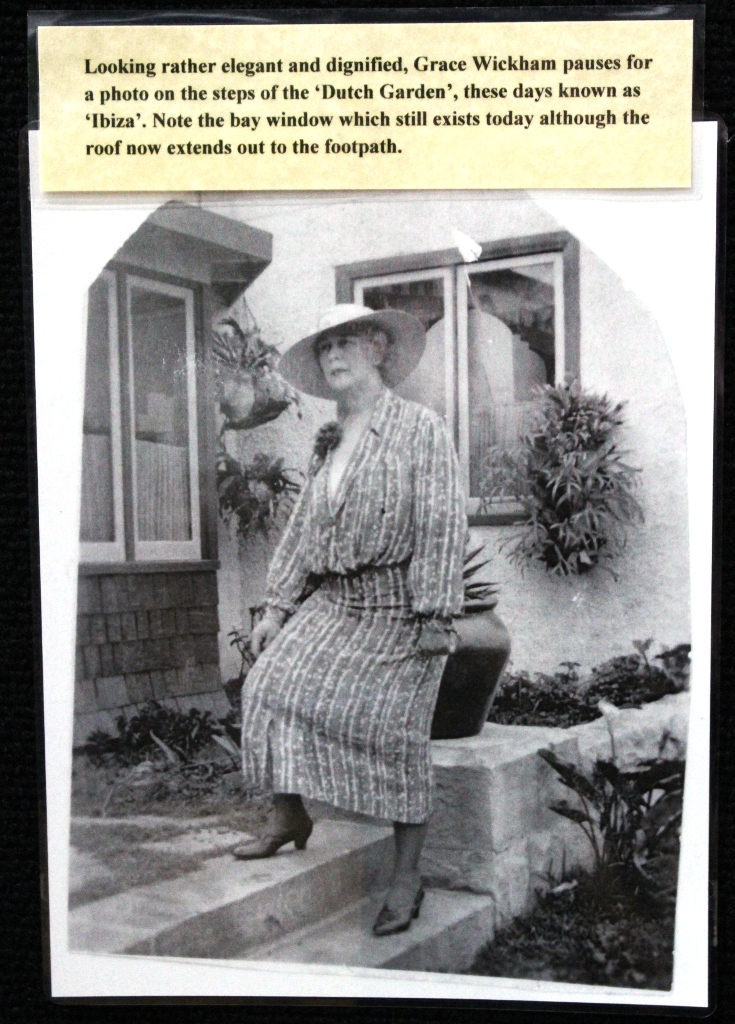
Grace came to Avalon in 1924 with Stan and their two young children to take up tenancy of A. J. Small’s General Store.
In 1934 the Wickham’s had built their own store on the diagonally opposite corner, where the wine store now stands. While Stan was out making deliveries Grace would run the store, including the Post Office within the store, redirected telephone calls, handled holiday lettings for the cottages and homes as they sprang up, raised her children and as a nurse, acted as the local GP until a doctor had settled in the valley of Avalon.
On a tragic note, she also took the telegram which informed her of her son being shot down over Germany in 1939 whilst a flier for the Royal Air Force.
Wickham Lane, running beside the Post Office’s present site is named after the Wickhams.
Alison Bosley explains that this was the path they used to use to go to the shop and later the tea rooms beside it.
“They lived in Central Road and that was the path they walked along to go to work”
President of the Avalon Beach Historical Society, Geoff Searl, welcomed around 100 Members, Friends of ABHS and Community Stalwarts of the society on Friday night to a sneak peek at this year’s ABHS Exhibition.
More HERE
Winter In Pittwater
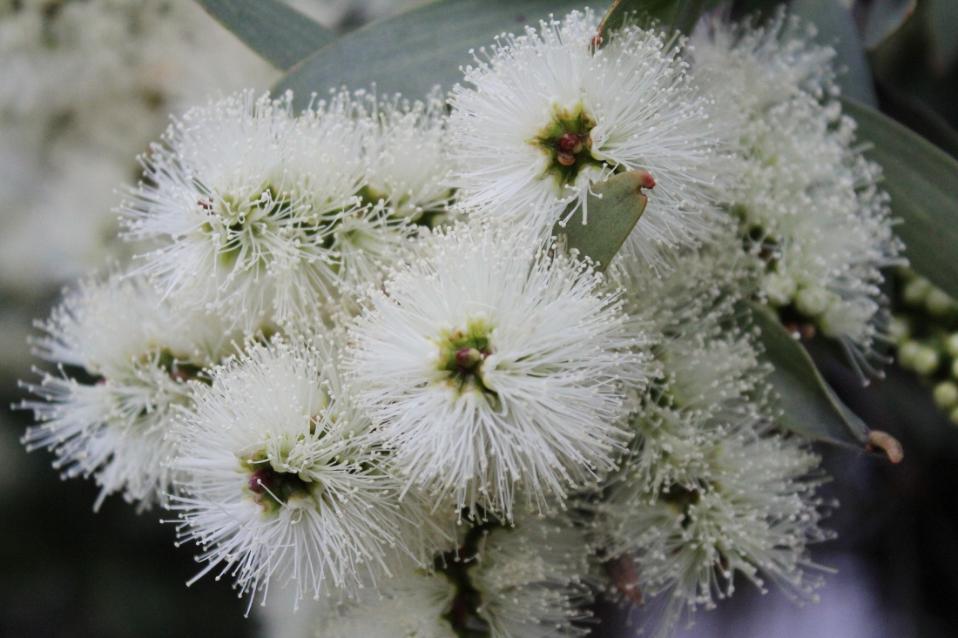
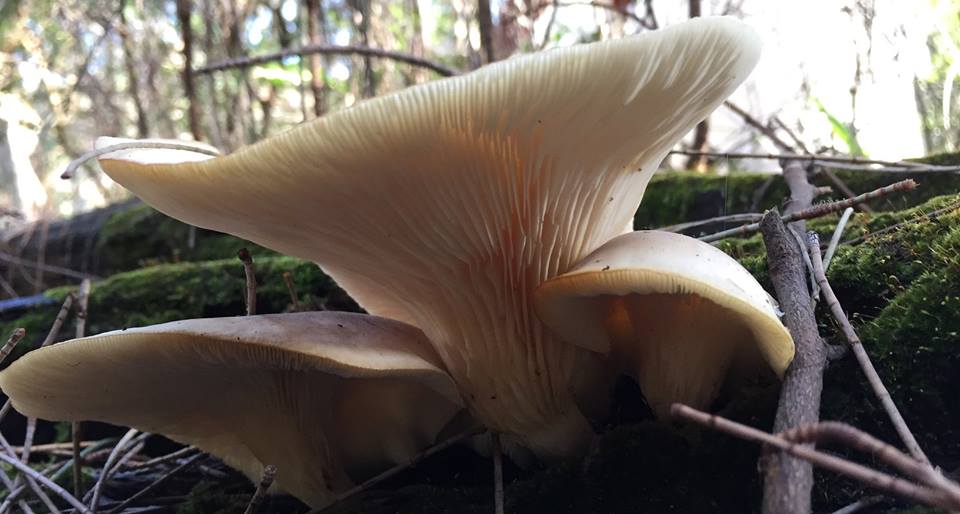
Past Features Archives (pre 2014)
Pittwater Online News was selected for preservation by the State Library of New South Wales and National Library of Australia. This title is scheduled to be re-archived regularly.
Archived Issues (2014 on) may be accessed here: pandora.nla.gov.au/tep/143700
Search Pittwater Online Articles
